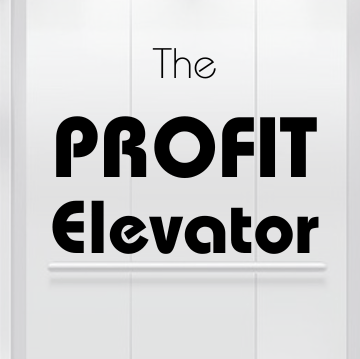
People First Philosophy
The success of your business depends on your people processes. Saying this in the midst of an AI frenzy may sound strange.
Machines create artificial human intelligence, which means they replicate what we do. They are better than humans at what we call learning, because our education system is mostly a memory test and, comparatively, machines have infinite memory.
But machines don’t do emotions. Changing a human’s mind means altering their emotional state and we do this when we sell. Machine-generated text, pictures or sounds may trigger a change, but it requires a human to spot it and to take advantage.
Three Questions to Ask
Your people processes are not only about selling. They start with relationships with your colleagues and extend to suppliers, partners and investors. All these relationships benefit from an understanding of how people think and act.
People are your greatest asset. They are also the largest cost for most businesses. The mistake too many founders make is to treat people like numbers on a spreadsheet. When you do this, your people treat you like a pay check. Trust and understanding are lost at this point.
To start 2024 on the right foot, ask yourself three questions:
Does it feel good to work in your business?
Do you work with people you like and trust?
Is it fun and exciting to work with them?
If you answer yes to all three you’re in good shape. But how will others answer these questions. Ask them, but before you do there is a fourth question. Do they feel free to answer you honestly?
A Tale of Two Startups
I worked in two startups where I would answer these questions differently. Both sold data and were facing slower growth and competition from better resourced competitors.
The founders of the businesses had lots of self confidence. They were convinced they had solutions that clients needed. Education and time were all that was necessary.
But startups don’t have time. They run out of money. This is where the similarities between the businesses ends.
The first was lean and made the most of resources. There was a spirit of camaraderie and a desire to deliver on business goals. The founder worked hard to keep the team together.
The second was overstaffed, hierarchical and siloed. People did their jobs, paying little attention to broader goals and even less to client needs. Staff turnover rose. The executives spent hours debating the limitations of the team and considered this good management.
Why You Work On Your Business
If you don’t believe you need to ask people how they feel about working with you, then you definitely must. If you are unsure, here are some thought exercises.
Consider the atmosphere of your meetings. Does everyone talk or a few dominate. Do the same subjects recur. Are you more likely to analyse wins or losses. Is there an air of secrecy typified by the comment “let’s take this offline”?
Now think about hiring. When you bring in outsiders, are people sceptical and adopt a show me attitude. Do newcomers bring ideas or must they adapt to your system. Are they welcomed by managers or the whole business?
Finally, what happens when someone makes a mistake. Is this an opportunity to teach the team by example. Do you throw an arm around the person or complain about them to colleagues?
When the first startup sought external capital it sold itself for multiples of turnover. When I left the second because values weren’t aligned, there was a down-round in prospect.
Build Internal Processes First
If you want your business to work better in 2024, take time to do the exercises in this letter. It’s not enough to learn how systems work, you must adapt them to your needs. You cannot do that by reading alone.
When you have built trust and understanding inside your business, it’s time to apply that knowledge to external relationships.
We’ll return to this topic shortly.
I'm Simon Maughan and I write The Profit Elevator as a guide for smaller businesses to accelerate growth. Trusting and understanding people is part of The Diversity Development Method in my P.R.O.F.I.T. Through Process programme.
If you enjoyed this edition please share it with a colleague or friend.
